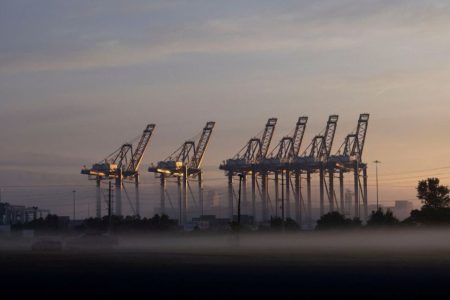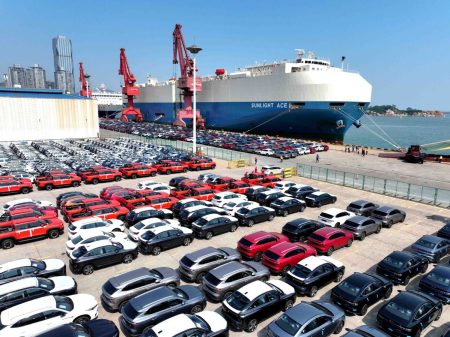President Donald Trump announced during a rally in Pennsylvania on Friday that he plans to raise tariffs on steel imports from 25 percent to 50 percent. This move aims to further protect the American steel industry from foreign competition and secure jobs for U.S. workers.
Earlier that day, Trump criticized China on his social media platform, claiming the country violated its trade agreement with the United States. While Trump did not provide specific details about how China broke the deal, U.S. Trade Representative Jamieson Greer told CNBC that China has been slow in complying with the terms. The U.S.-China trade relationship, which recently saw some easing of tariffs, now faces uncertainty as tensions rise again.
The new tariff hike comes amid a complex legal situation. A federal appeals court has temporarily allowed Trump’s tariffs to stay in effect after the U.S. Court of International Trade had blocked them. The trade court had ruled that some tariffs were unlawful because of how they were implemented. The appeals court’s temporary stay gives the government time to prepare legal arguments, with a deadline set for June 9. The administration has said it will appeal to the Supreme Court if necessary.
Despite the ongoing legal battles, the Trump administration remains committed to its tariff policies. These tariffs have been a central part of Trump’s economic agenda, aimed at protecting American industries from unfair foreign competition. Some tariffs include flat-rate reciprocal duties targeting U.S. trade partners and specific tariffs on China, many of which are currently under review by the courts.
Meanwhile, U.S. trade discussions continue with other partners such as India and the European Union. These negotiations aim to update trade rules and avoid further conflicts. However, sudden tariff increases like the steel tariff raise concerns about how other countries will react and whether cooperation will be more difficult to achieve.
Trump’s tariff strategy began during his presidency from 2017 to 2021 when he imposed steep tariffs on Chinese goods, steel, aluminum, and other imports. Supporters argue the tariffs helped protect American jobs, while critics say they increased costs for businesses and consumers. Many of these tariffs remain active today, though the current administration has adopted a more diplomatic approach in some cases.
It remains uncertain how China and other countries will respond to the steel tariff increase. Past trade disputes have often led to retaliatory tariffs, potentially escalating tensions further. U.S. companies that use steel may face higher production costs, which could affect prices for consumers.















